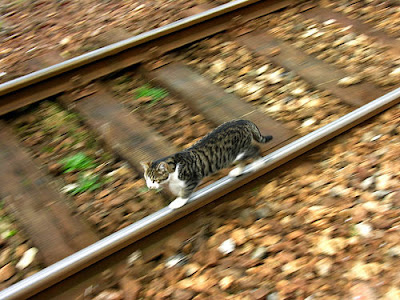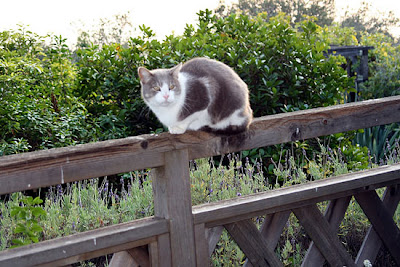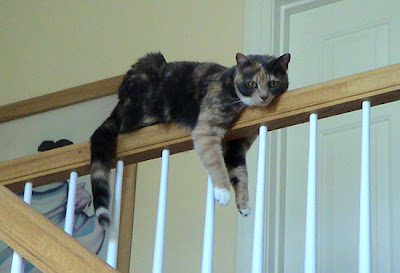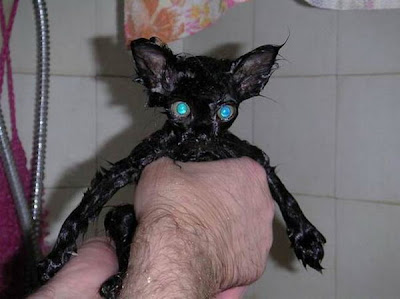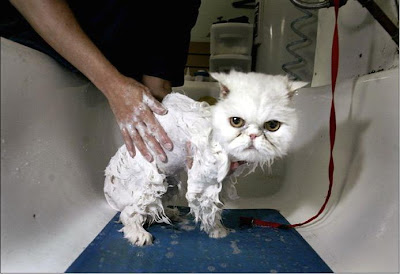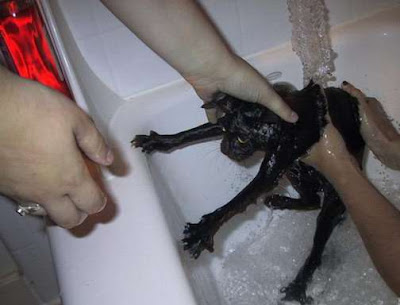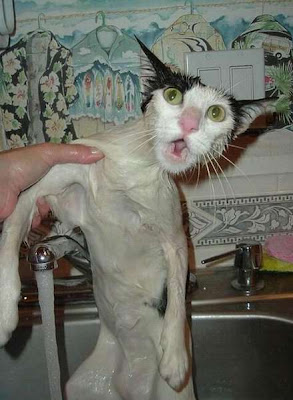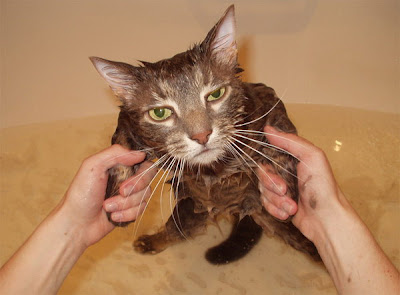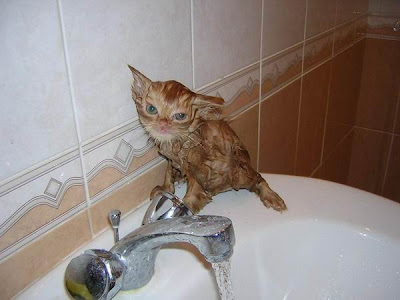 There is a reason cats prefer meaty wet food to dry kibble, and disdain sugar entirely
There is a reason cats prefer meaty wet food to dry kibble, and disdain sugar entirely Sugar and spice and everything nice hold no interest for a cat. Our feline friends are only interested in one thing: meat (except for saving up the energy to catch it by napping, or a round of restorative petting…) This is not just because inside every domestic tabby lurks a killer just waiting to catch a bird or torture a mouse, it is also because cats lack the ability to taste sweetness, unlike every other mammal examined to date.
The tongues of most mammals hold taste receptors—proteins on the cellular surface that bind to an incoming substance, activating the cell's internal workings that lead to a signal being sent to the brain. Humans enjoy five kinds of taste buds (possibly six): sour, bitter, salty, umami (or meatiness) and sweet (as well as possibly fat). The sweet receptor is actually made up of two coupled proteins generated by two separate genes: known as Tas1r2 and Tas1r3.
When working properly, the two genes form the coupled protein and when something sweet enters the mouth the news is rushed to the brain, primarily because sweetness is a sign of rich carbohydrates—an important food source for plant-eaters and the nondiscriminating, like humans. But cats are from the noble lineage Carnivora and, unlike some of its lesser members, such as omnivorous bears or, even more appalling, herbivorous pandas, they exclusively eat meat.
Whether as a result of this dietary choice or the cause of it, all cats—lions, tigers and British longhairs, oh my—lack 247 base pairs of the amino acids that make up the DNA of the Tas1r2 gene. As a result, it does not code for the proper protein, it does not merit the name gene (only pseudogene), and it does not permit cats to taste sweets. "They don't taste sweet the way we do," says Joe Brand, biochemist and associate director at the Monell Chemical Senses Center in Philadelphia. "They're lucky. Cats really have bad teeth as it is."
Brand and his colleague Xia Li first discovered the pseudogene after decades of anecdotal evidence—such as cats showing no preference between sweetened and regular water, unlike other animals—testifying to their indifference to the sweet stuff. Of course, there are also plenty of anecdotal accounts pointing in the other direction: cats that eat ice cream, relish cotton candy, chase marshmallows. "Maybe some cats can use their [Tas1r3 receptor] to taste high concentrations of sugar," Brand says. "It's a very rare thing but we don't know yet."
Scientists do know, however, that cats can taste things we cannot, such as adenosine triphosphate (ATP), the compound that supplies the energy in every living cell. "There isn't a lot hanging around in meat, but it's a signal for meat," Brand says. And plenty of other animals have a different array of receptors, Li says, from chickens that also lack the sweet gene to catfish that can detect amino acids in water at nanomolar concentrations. "Their receptor is more sensitive than the background concentration," Brand notes. "The catfish that detects the rotting food first is the one that survives."
So far, cats are alone among mammals in lacking the sweet gene; even close relatives among the meat-eaters like hyenas and mongooses have it. And cats may lack other components of the ability to enjoy (and digest) sugars, such as glucokinase in their livers—a key enzyme that controls the metabolism of carbohydrates and prevents glucose from flooding the animal. Despite this, most major pet food manufacturers use corn or other grains in their meals. "This may be why cats are getting diabetes," Brand offers. "Cat food today has around 20 percent carbohydrates. The cats are not used to that, they can't handle it." What these fearsome predators of suburbia cannot taste may be hurting them. But it also means that most cat lovers don't have to worry about Simon snatching their unattended dessert.
















 The phenomenon of Monorail Cats has recently appeared in the Internet. Our scientists have made a research for studying this phenomenon. Research was made with the help of photos of cats, which are not indifferent to monorails. Conclusions are unfavourable, because every cat once in its life happens to be a monorail cat.
The phenomenon of Monorail Cats has recently appeared in the Internet. Our scientists have made a research for studying this phenomenon. Research was made with the help of photos of cats, which are not indifferent to monorails. Conclusions are unfavourable, because every cat once in its life happens to be a monorail cat.
